Metrological expertise is one of the components of production preparation. Timely verification of documentation for compliance with the requirements of metrological support can reduce the number of defects in the manufacture and testing of products. Expertise requirements should also be observed when implementing the system of international standards ISO 9000, the basic concept of which is the definition of a set of rules regarding quality management in an enterprise.
General concept
Metrological examination of technical documentation is part of the metrological support in production and is intended for the expert evaluation of technical solutions related to measurements. Parameters are controlled at all stages of the product manufacturing life cycle, from design to repair.
There are 3 main questions of examination: what to measure, with what accuracy and by what means (methods). The documentation of both the main and auxiliary production is checked.
Mandatory Expertise
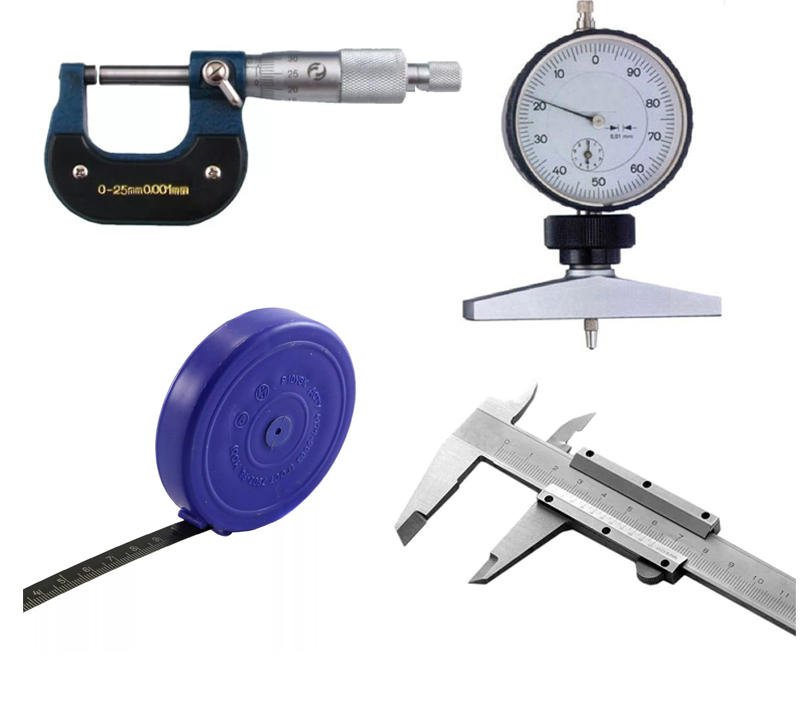
According to federal law, the mandatory metrological examination should be carried out by the documentation of those enterprises whose field of activity falls under the requirements of the Federal Law on ensuring the uniformity of measurements. These include the production of measuring instruments for controlling the quantity and quality of goods (meters, calipers, micrometers, measuring tanks), safety devices (dosimeters, sound level meters, pressure gauges and others), objects used in healthcare (tonometers, thermometers, scales) and others.
At such enterprises, a metrological service must be created that exercises control and supervision over the manufacture of products. The activity of this unit and its interaction with other structures of the organization is regulated by the regulation on the metrological service, approved in the established manner.
In other cases, the metrological examination of documentation (design, technological, design) is carried out on a voluntary basis. The procedure for its implementation and presentation of the results, the amount of work are determined by the organization’s management independently.
Tasks
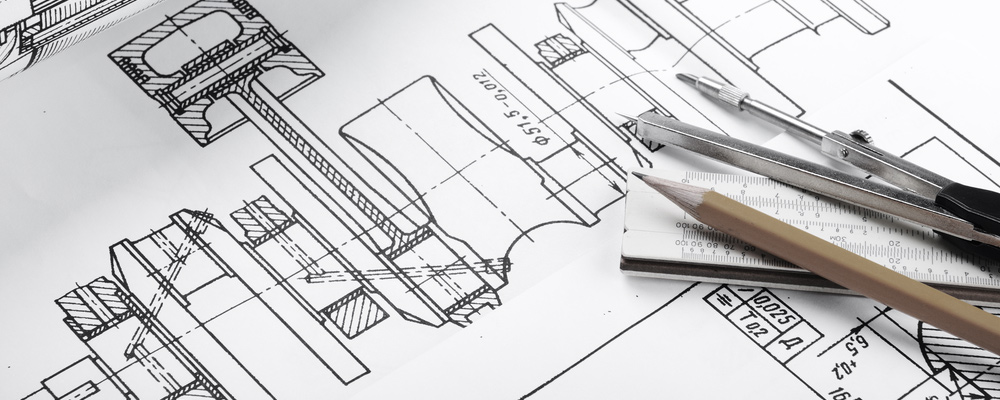
A metrological examination of the documentation is carried out to verify:
- the correctness of metrological terms, names of quantities and units of measurement;
- completeness of metrological requirements;
- level of unification of measuring instruments;
- the appropriateness of the nomenclature of controlled parameters;
- the optimality of the requirements for accuracy of measurements presented by the developer of the documentation (they can be overstated or understated);
- control capabilities (tests);
- compliance of measurement procedures and accuracy indicators.
Examination is not only the nature of the control function, but also helps to increase the level of metrological support, timely acquisition of measuring instruments, the use of modern techniques, reducing the complexity and improving the quality of products.
Types of documents

Metrological examination is carried out for the following types of documents:
- explanatory notes to projects;
- technical proposals for the design and manufacture of products;
- calculations;
- operation manuals;
- technical conditions, which set out the requirements for products;
- test programs and procedures;
- terms of reference for research and development, as well as reports on their implementation;
- installation, commissioning, running-in instructions;
- passports
- manuals and repair instructions;
- design and technological notices, in which the permissible deviations of the technical parameters, means or methods of control are indicated;
- technological and design documentation - drawings (assembly, dimensional, assembly, detailing), route-operational maps, sketches, instructions, regulations.
Methodology
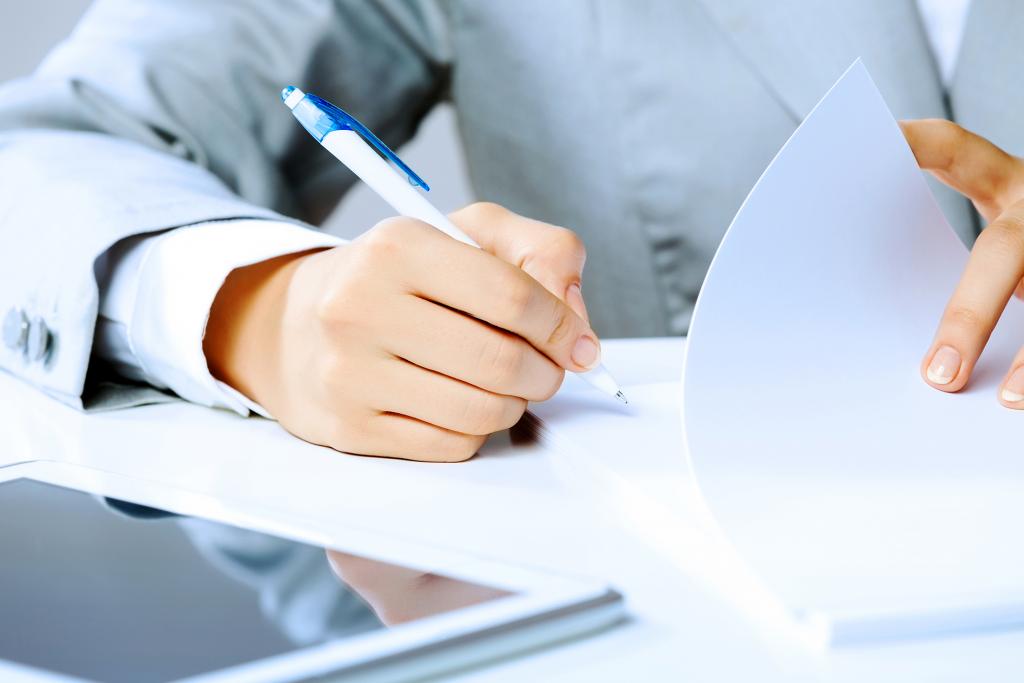
The procedure for conducting metrological examination is to perform the following work:
- familiarization with the document;
- identification of the volume and type of metrological support - technical means (measuring instruments, tools, stands), norms and rules that must be observed in the manufacture of the product;
- study of the design and manufacturing technology (both according to the available documentation, and in the workplace);
- compiling a list of specific tasks in accordance with the main objectives of the examination;
- registration of verified documentation in a special journal;
- development of proposals for changing documentation;
- checking the possibility of implementing expert recommendations;
- drawing up a conclusion (in 2 copies);
- monitoring the implementation of proposals;
- sight of the document on the first (title) sheet.
Newly developed documentation at enterprises usually undergoes an examination in the working order, according to the approved regulations. This type of organization of metrological examination is the most optimal, since changing already established production entails additional costs. If it is necessary to check the already existing large array of documents, then make up the schedule of phased control (most often for six months or for a year).
Required data
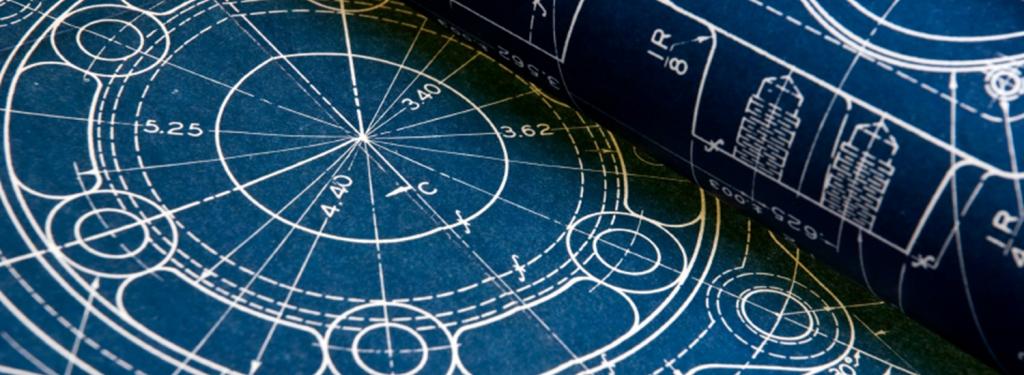
For the examination, a technical library is required, including:
- GOSTs in the field of measurements;
- lists of tools and instruments available in the organization (with their characteristics);
- reference books or catalogs on serial measuring instruments;
- test and measurement procedures certified in the established manner;
- reference literature on metrology;
- Instructions for the selection of measuring instruments;
- reference data on the characteristics of the starting materials and components, the accuracy of the technological equipment used in the manufacture of the product.
For verification, originals of technical documentation are provided, which were agreed upon by all persons except the norm controller. To facilitate corrections based on the results of metrological examination, newly developed documents can be checked in two stages.
Responsible persons
Metrological examination at the enterprise can be carried out according to several schemes:
- The work is fully carried out by the metrological service of the organization. With a large amount of documentation, metrologists specialize in its types, products or types of measurements.
- In each subdivision-developer of the documentation (the department of the chief designer, technologist, metrologist, standardization service), according to the order, responsible persons for conducting the initial metrological examination are appointed. The checked documentation passes two-stage control. Its approval is made in the department of the chief metrologist. Such a procedure of metrological examination reduces the complexity of the work.
- Verification is carried out similarly to the previous scheme. The department of the chief metrologist examines only the most critical types of documents.
- The audit is carried out by expert groups consisting of engineering and technical workers (metrologists, designers, technologists and others). This scheme is typical for important projects coming from other organizations, as well as for the systematic identification of marriage and the determination of its causes.
- Part of the routine work is performed by normative controllers.Highly qualified specialists are involved only for solving complex problems or during spot checks.
Experts are appointed from among employees with extensive experience and high qualifications. Authorized persons in the departments involved in the development of technical documentation must undergo special training.
Design documentation
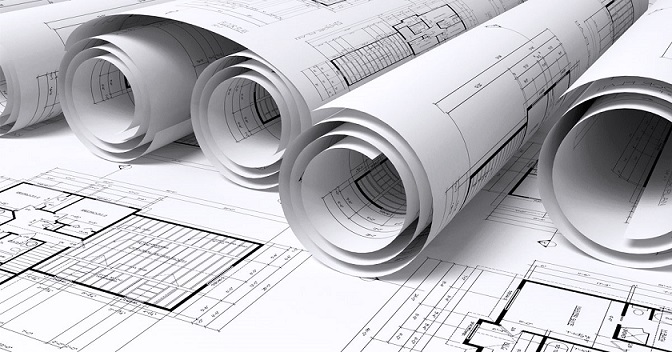
Metrological examination of design documentation is carried out to solve the following practical problems:
- Replacing separate standardization of deviations in the shape and location of surfaces with control of total deviations (flatness and parallelism or flatness and perpendicularity), as well as the reverse process - differentiation of measurements (for example, cylindricity and roundness).
- Checking the alignment of tolerances and roughness parameters in accordance with GOST 24643-81.
- The possibility of using complex calibers to check the relative positioning of the axes of the mounting holes (or replacing position tolerances by size deviations according to GOST 28187-89).
- Checking the condition that the tolerances of cylindricity and roundness do not exceed the tolerances of alignment, intersection of axes, symmetry (for cylindrical surfaces); the tolerance of the longitudinal section profile is above the tolerances of parallelism and perpendicularity (for planes).
- Providing a rational ratio between the tolerances of shape and size according to GOST 24643–81.
- Checking the correctness of the choice of the accuracy class of the thread in order to unify an expensive measuring tool.
- Evaluation of the economic feasibility of accuracy margin and other issues
Technological documentation
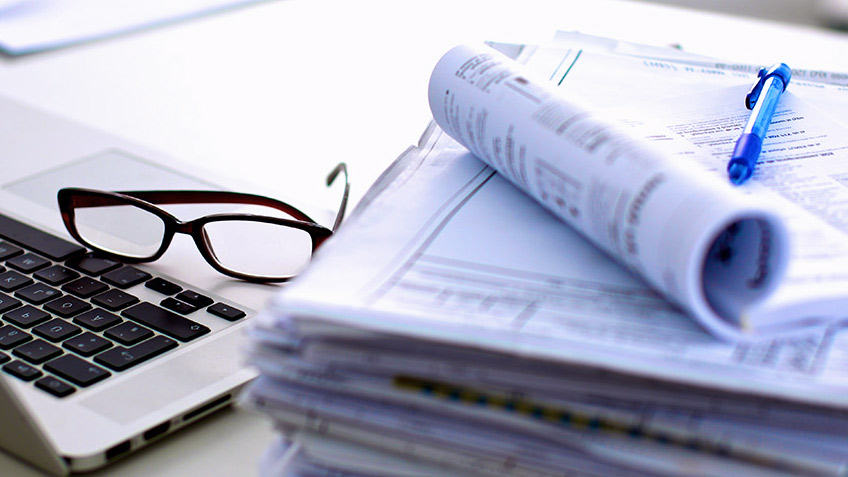
Metrological examination of technological documents is carried out for the same purpose as design documents. Additionally check the following parameters:
- rationality of introduced technological tolerances, as well as tolerances for interoperational dimensions;
- the validity of accuracy standards, consideration of replacing measuring instruments with more accurate ones or introducing manufacturing tolerances with reduced requirements;
- the need to introduce statistical control methods or automation systems with low productivity of measurement operations;
- economic analysis of the measurement method and others.
